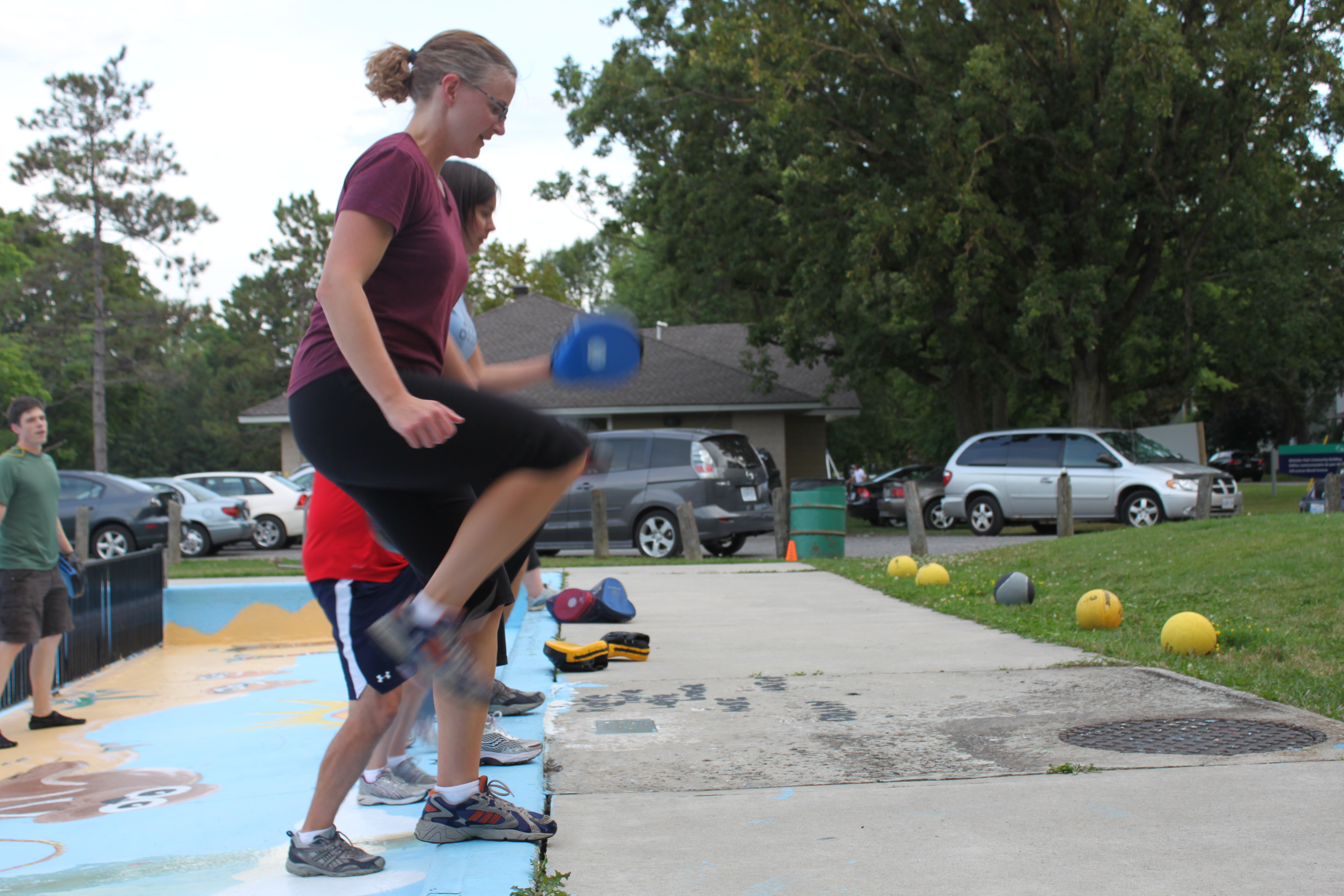You might have heard about high intensity interval training over the last few years. After all, a lot of people talk about it as a great way to get awesome weight loss results.
But what is it? And how does it work?
What is High Intensity Interval Training?
High intensity interval traing combines two highly effective exercise methods into a single compressed workout. The name really says it all: high intensity and interval training.
High Intensity
The purpose of high intensity training is to get you to use the most effort possible in order to use the most oxygen possible and fatigue your muscles.
This is based on a few simple principles:
- The harder your muscles work, the more oxygen they need to keep going. So when you’re sprinting, you’re burning a lot of oxygen.
- When you hit your maximum possible oxygen consumption, or VO2 Max, you trigger something called “afterburn.”
The afterburn effect continues burning calories for up to two days after your workout, which means one efficient high intensity training session can keep you burning calories until the next workout, when you start burning calories again!
Interval Training
Interval training is about changing up your workout so it includes periods of intense effort, followed by periods of less effort.
Why does this help?
- Alternating between high and low intensity will increase your calorie burn during your workout.
- Interval training boosts metabolism more than a similar workout at a steady pace.
- It also builds lean muscle faster than a normal workout.
So high intensity interval training combines these two observations into one super-powered workout.
The result is an optimized metabolic rate, improved muscle building and muscle retention as you lose weight, and highly effective calorie burning.
I’ll be running a group high intensity interval training program in the new year. If you think you would like to take your training to the next level, check it out or send me a message.
Cheers,
Burke

